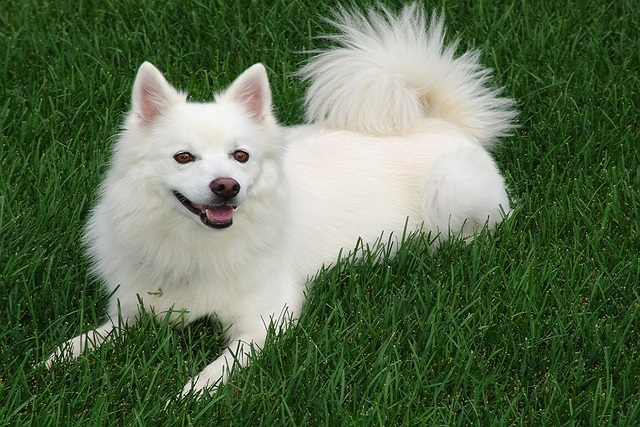
How do i train my dog to be obedient?
Watching your dog dart across the park ignoring your calls isn’t just frustrating—it can put them at risk near busy streets or public spaces.
You're playing tug-of-war with your new puppy when suddenly—ouch! Those needle-sharp teeth clamp down on your hand. Before you panic about "aggression," let's talk about how to stop biting the right way—without yelling, punishment, or old-school dominance tactics that modern trainers warn against.
There's no magic word that instantly stops biting, but the most effective command is "Leave It" when paired with redirection. Here's why it works: Unlike shouting "No!" (which can excite some dogs), "Leave It" teaches impulse control. Start by saying it when your dog mouths your sleeve, then immediately offer an appropriate chew toy (frozen carrots work great for teething pups). The key? Consistency—practice 10-15 times daily during play sessions. For stubborn biters (looking at you, herding breeds), try the "Reverse Timeout" method: Say "Oops!" calmly, leave the room for 30 seconds, and return when they're calm. This mimics how littermates stop playing when bites get too rough.
But commands alone aren't enough—you need to understand why your dog bites. Puppies explore the world with their mouths (just like human babies), while adult dogs might mouth during overstimulation. That excitable Labrador who nips during fetch at Seattle's Magnuson Park? He needs structured retrieve games with clear rules, not just verbal corrections. And never punish growling—it's your warning system before a bite occurs. Modern trainers in cities like Portland track "bite thresholds" to prevent incidents long before commands are needed.

Cultural must-knows: In most U.S. states, dog bites must be reported if they break skin—even playful nips can have legal consequences if they scare neighbors. Always keep vaccination records current (rabies laws vary by county), especially if your dog interacts with kids at community parks. And please—no alpha rolls or physical corrections; studies show these increase bite risks by 40%. Instead, use positive reinforcement: When your dog licks instead of bites during greetings, reward with chicken bits.
Apartment dwellers face unique challenges: Thin walls mean frustrated neighbors might report normal puppy behavior as "aggression." Solve this with bully stick stations in every room (redirect biting to approved items) and baby gates to create calm zones. For small-space play, teach "Gentle" by offering treats from closed fists—they learn soft mouths get rewards. And remember: That leash law in your high-rise elevator? It applies doubly when your adolescent Shepherd is in a mouthy phase.
When to worry? If your adult dog freezes before biting or targets hands/faces, consult a certified behaviorist immediately—don't rely on DIY fixes. Breeds with strong bite instincts (like Malinois common in urban police units) need professional guidance. And if your rescue dog bites from fear? Muzzle training with peanut butter is safer than unreliable commands during rehabilitation.
The golden rule? Bite inhibition is taught in stages: First reduce pressure (so bites don't hurt), then frequency, then eliminate entirely. Most dogs master this by 6 months with proper training. And that "Leave It" command? It becomes a lifesaver when your curious pup finds chicken bones on Chicago sidewalks or tries to mouth toddlers at the dog park.

Watching your dog dart across the park ignoring your calls isn’t just frustrating—it can put them at risk near busy streets or public spaces.

New puppy owners often find themselves rushing to clean up accidents before they set in, and that’s where puppy pad training becomes a game-changer.

If you've noticed your dog's waistline disappearing and your veterinarian has mentioned those few extra pounds, your first instinct might be to simply reduce the amount of food in their bowl.

Training a dog to use a designated spot indoors isn’t as daunting as many new owners fear, but it does take consistency and an understanding of your pet’s needs.

That moment of dread on a walk is all too familiar for many new dog owners. You see another dog approaching down the sidewalk of your neighborhood

If the sight of another dog on your neighborhood walk makes your heart sink as your own dog erupts into a frenzy of barking and lunging, you're not alone.